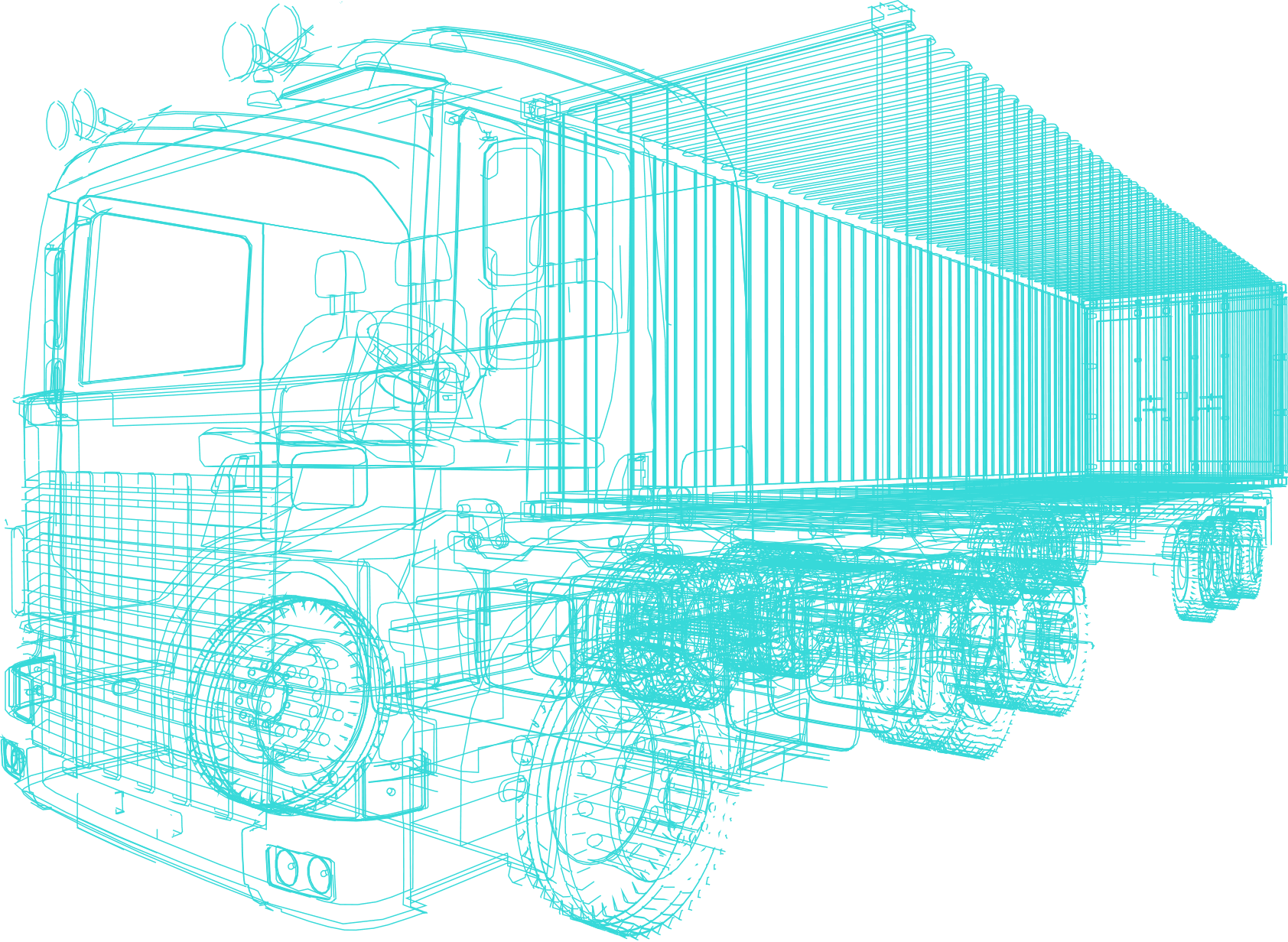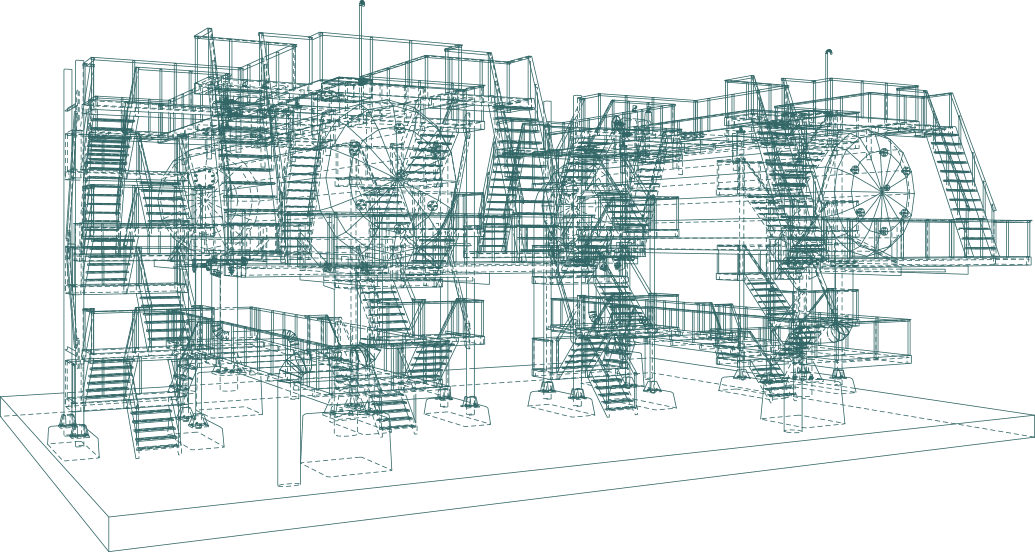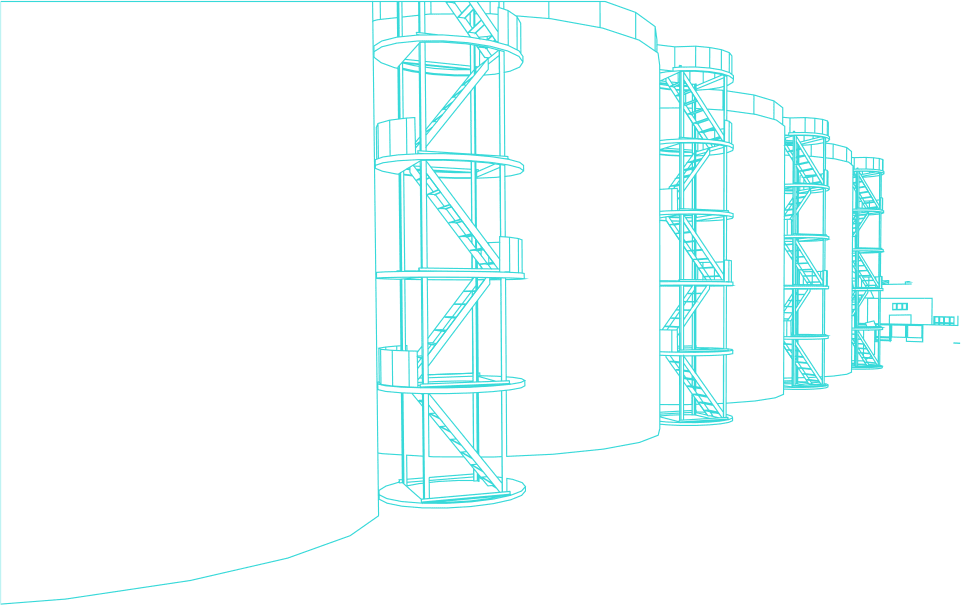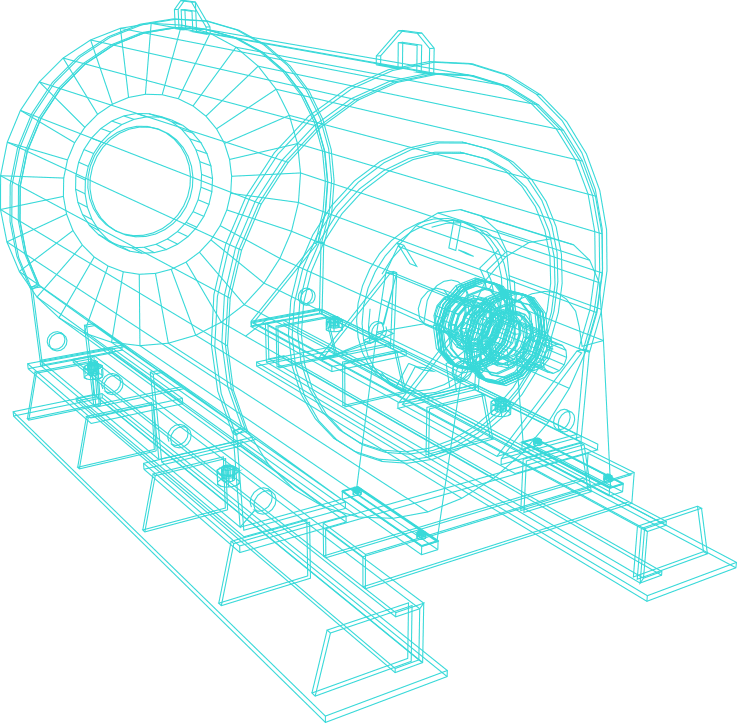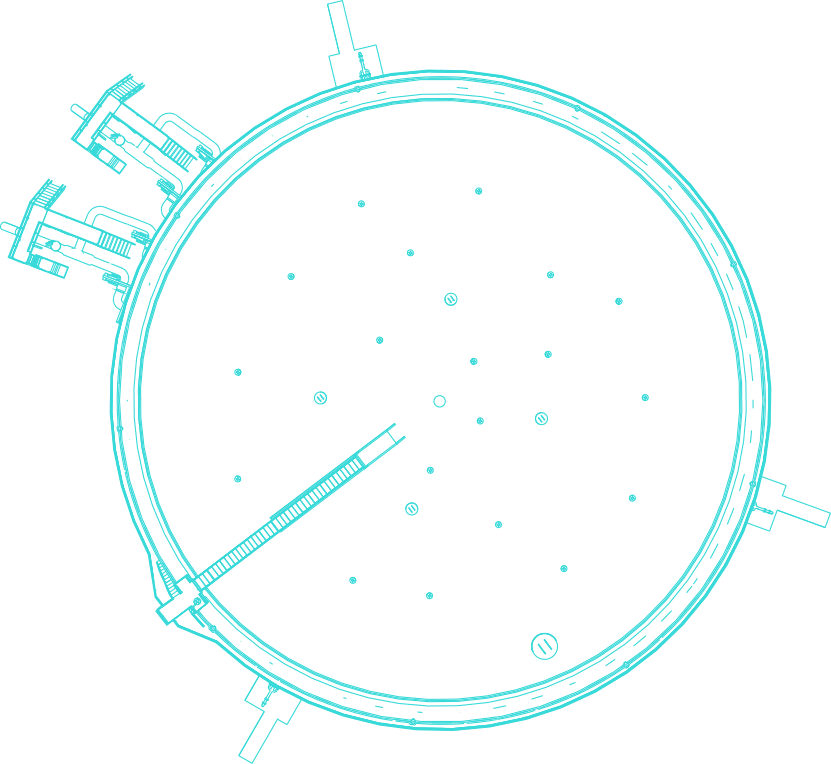Wastewater Treatment Plant (WWTP)
Purification of Wastewater for reuse
The wastewater treatment plant is divided into three stages: Pre-treatment, Ammonia Stripping Plant (ASP) and the biological treatment. The pre-treatment involves flocculation and sedimentation to remove a majority of Total Suspended Solids and Phosphorus. Wastewater is then pumped to the ASP for ammonia removal. The ASP column is filled with polypropylene packing to facilitate the ammonia transfer between gas and liquid phases. Sequencing Batch Reactor with anoxic and aerobic stages is adopted as the biological treatment for the removal of the organic pollutants and nitrogen.
A portion of treated effluent is reused on site. The remaining volume is discharged to sewage treatment works for further treatment. Discharge of effluent is closely monitored to ensure its full compliance with statutory requirements.


